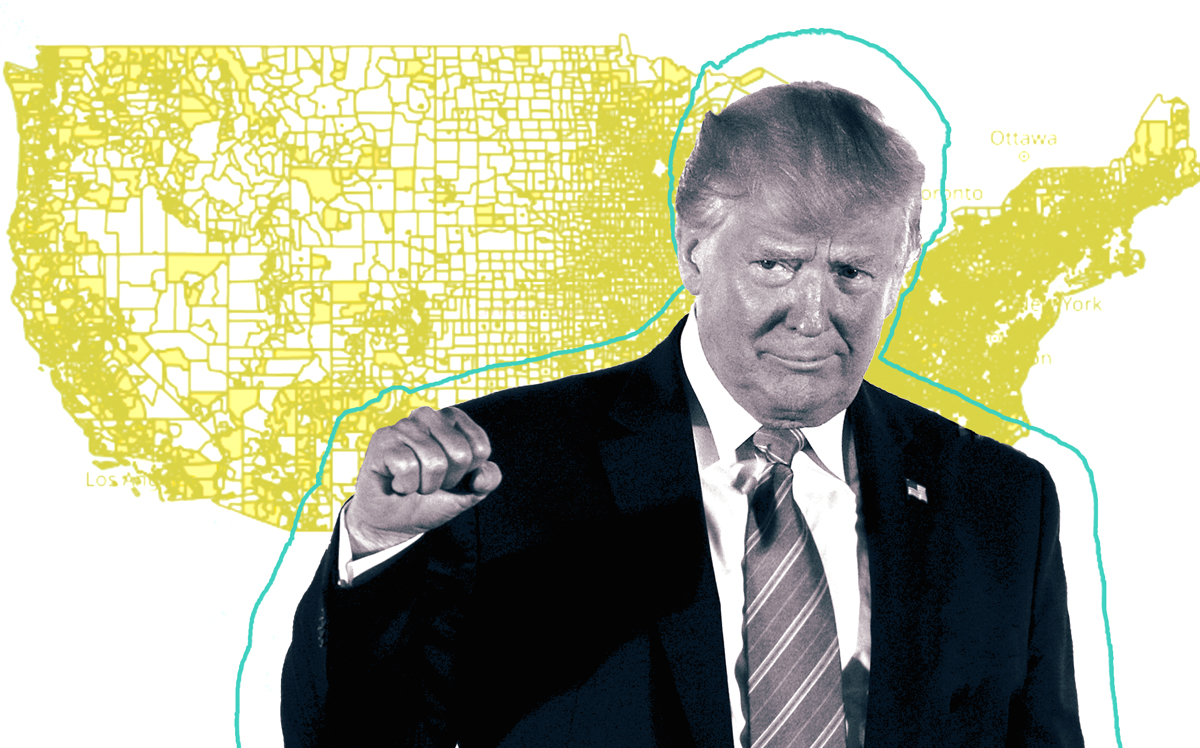The Trump administration released new rules governing the EB-5 cash-for-visas program. And many in the real estate industry believe the changes will tighten the spigot on a source of cheap capital that’s partly fueled the post-recession development boom.
The Department of Homeland Security on Tuesday released much-anticipated new rules that raise the minimum an investor has to put into a project in high-unemployment areas from $500,000 to $900,000.
The new rules also make it more difficult for developers and state governments to gerrymander census tracts together in order to qualify real estate developments located in areas that may not otherwise meet the program’s unemployment requirements.
The new rules go into effect Nov. 21.
The federal government created the EB-5 program in 1990 as a way to create jobs by offering foreigners visas in exchange for job-creating investments. The minimum investment was set in 1990 at $1 million – or $500,000 in high unemployment areas.
But those figures haven’t moved with inflation, which was ostensibly the Department of Homeland Security’s reason for considering raising the limit.
The Obama administration in its waning days first proposed revisions to the rules. And President Trump – reportedly caught between the agendas of limiting foreign immigration and spurring new economic activity – carried them through despite objections from the real estate industry.
Trump did, however, slightly soften the impact.
Homeland Security had considered raising the minimum investment for high-unemployment areas to $1.35 million, but chose to go with the lesser figure of $900,000.
And in another blow to the industry, DHS will no longer let state governments string together long chains of contiguous census tracts to connect development sites with high-unemployment areas.
In New York, the Empire State Development economic development corporation used the process to connect Hudson Yards to West Harlem via a thin strip along the Hudson River. And New Jersey approved a district to qualify a Kushner Companies project in Jersey City.
DHS said that it will now take on the responsibility of qualifying targeted areas, and will be less permissive than states have been.
“Under this final rule, DHS will generally limit the number of census tracts that could be combined for this purpose,” it wrote in its rules.
In June, the Wall Street Journal reported that Chinese investors had pulled back on the program largely due to visa wait times that span well over a decade. Investors from India and Vietnam now make up a larger pool of EB-5 investors, but they demand higher returns on investment, which has caused trouble for developers accustomed to finding cheap sources of capital.
